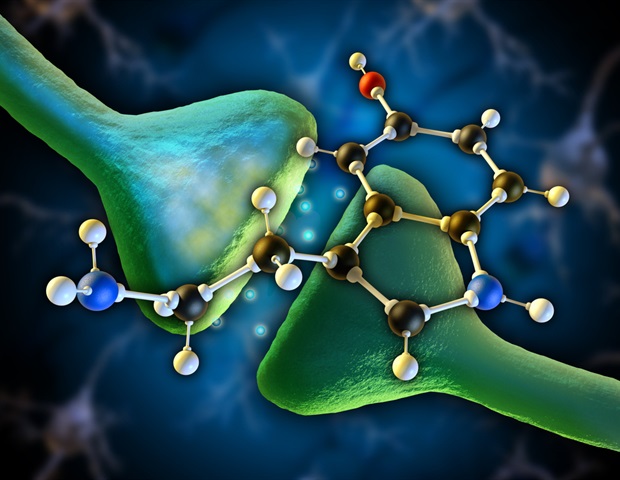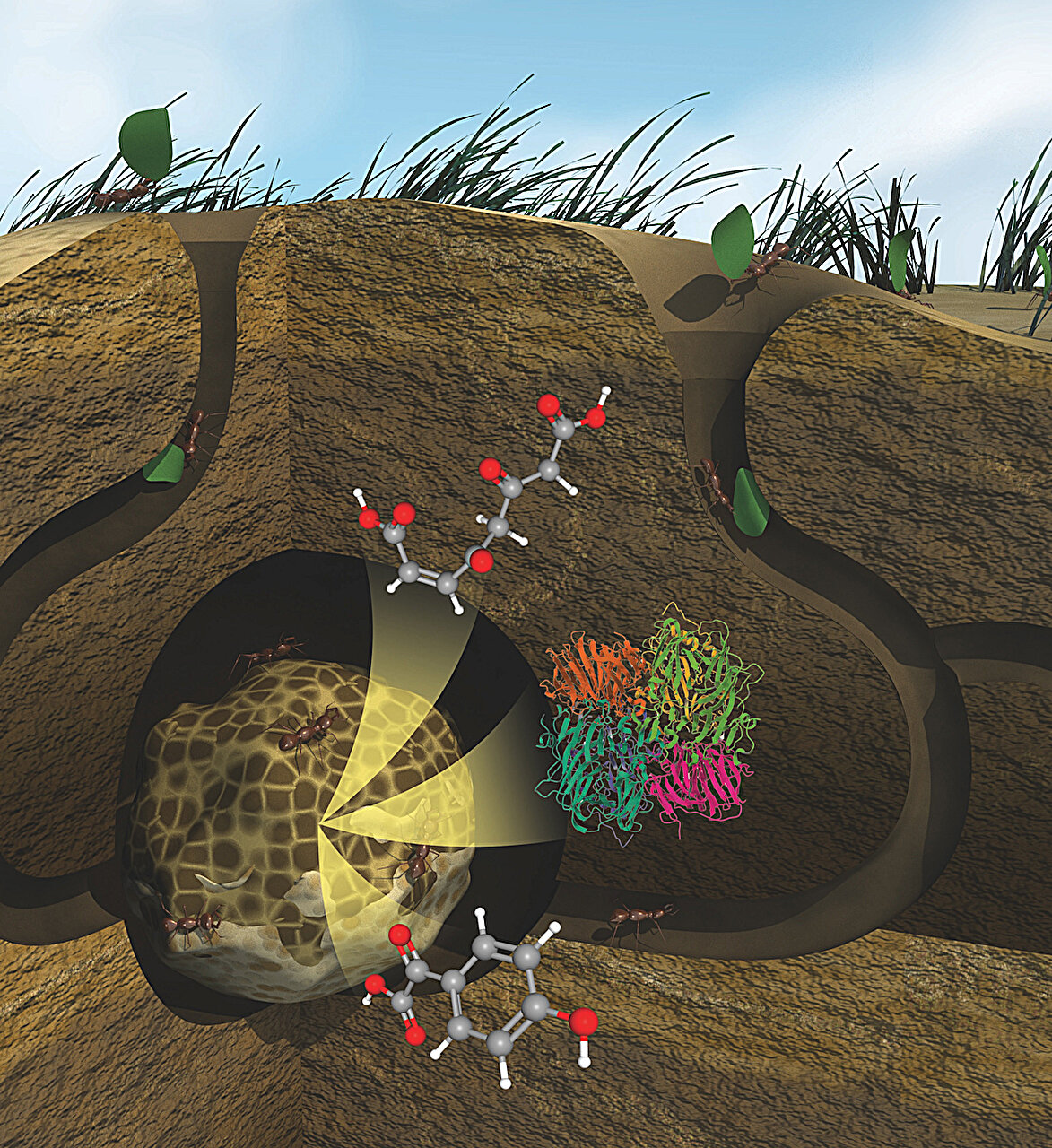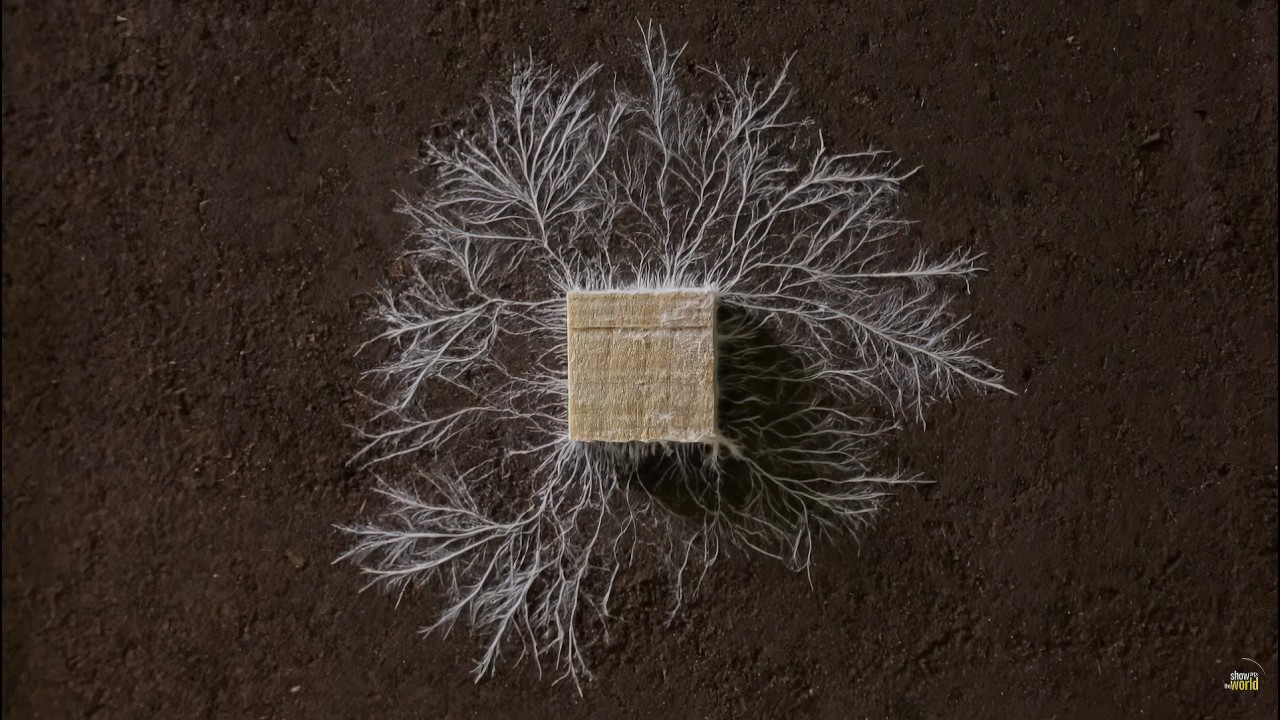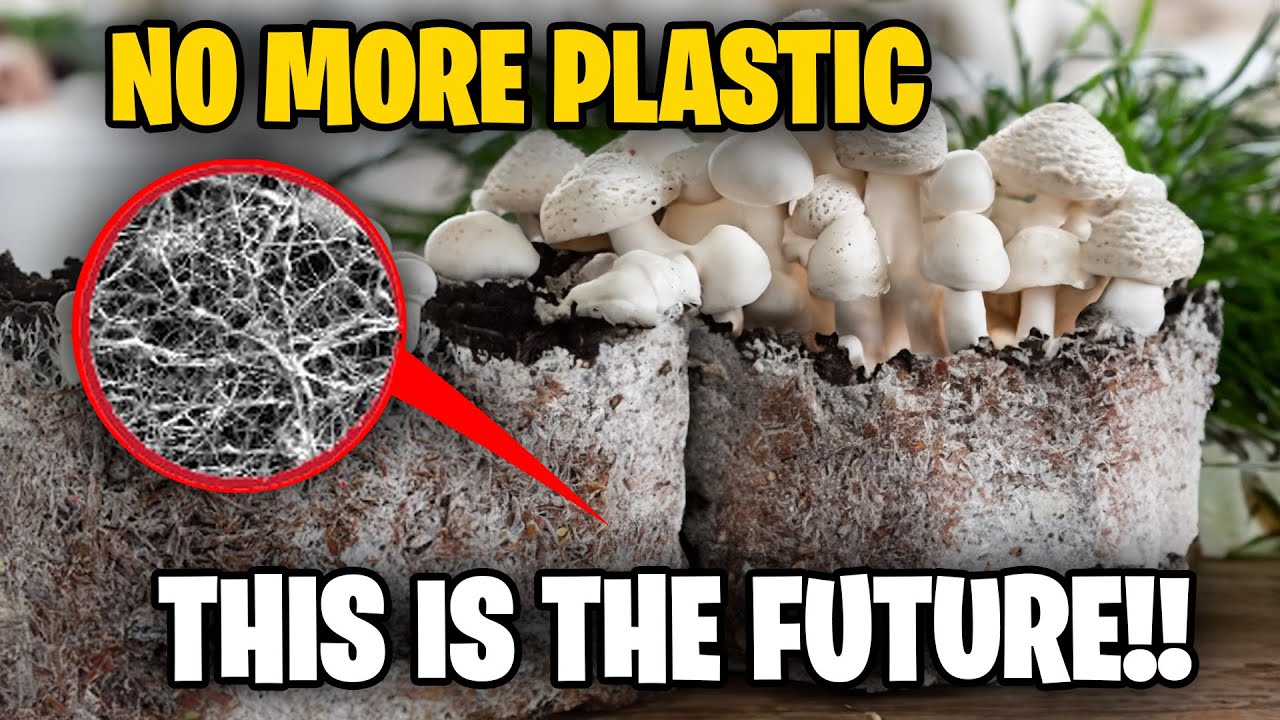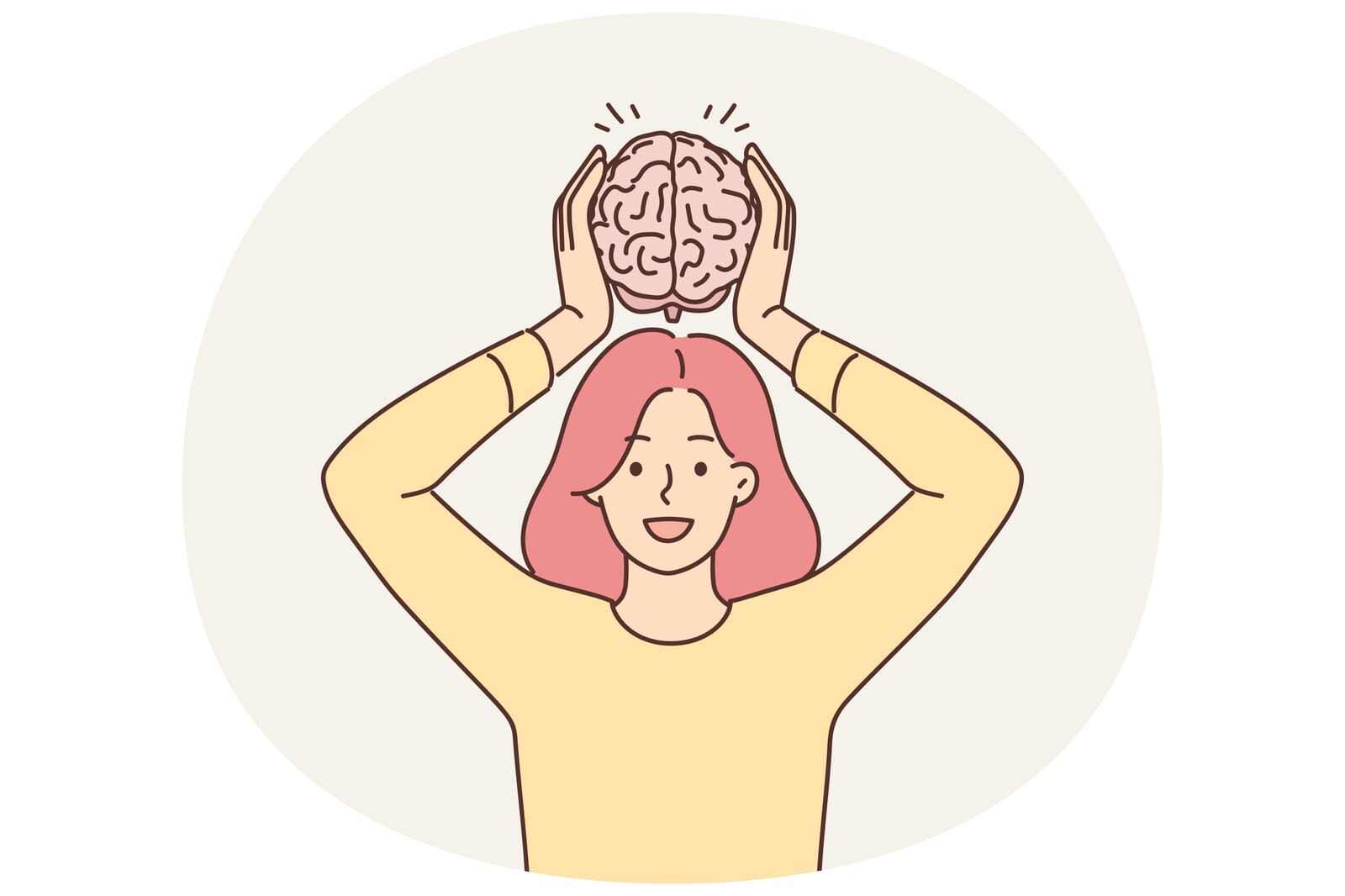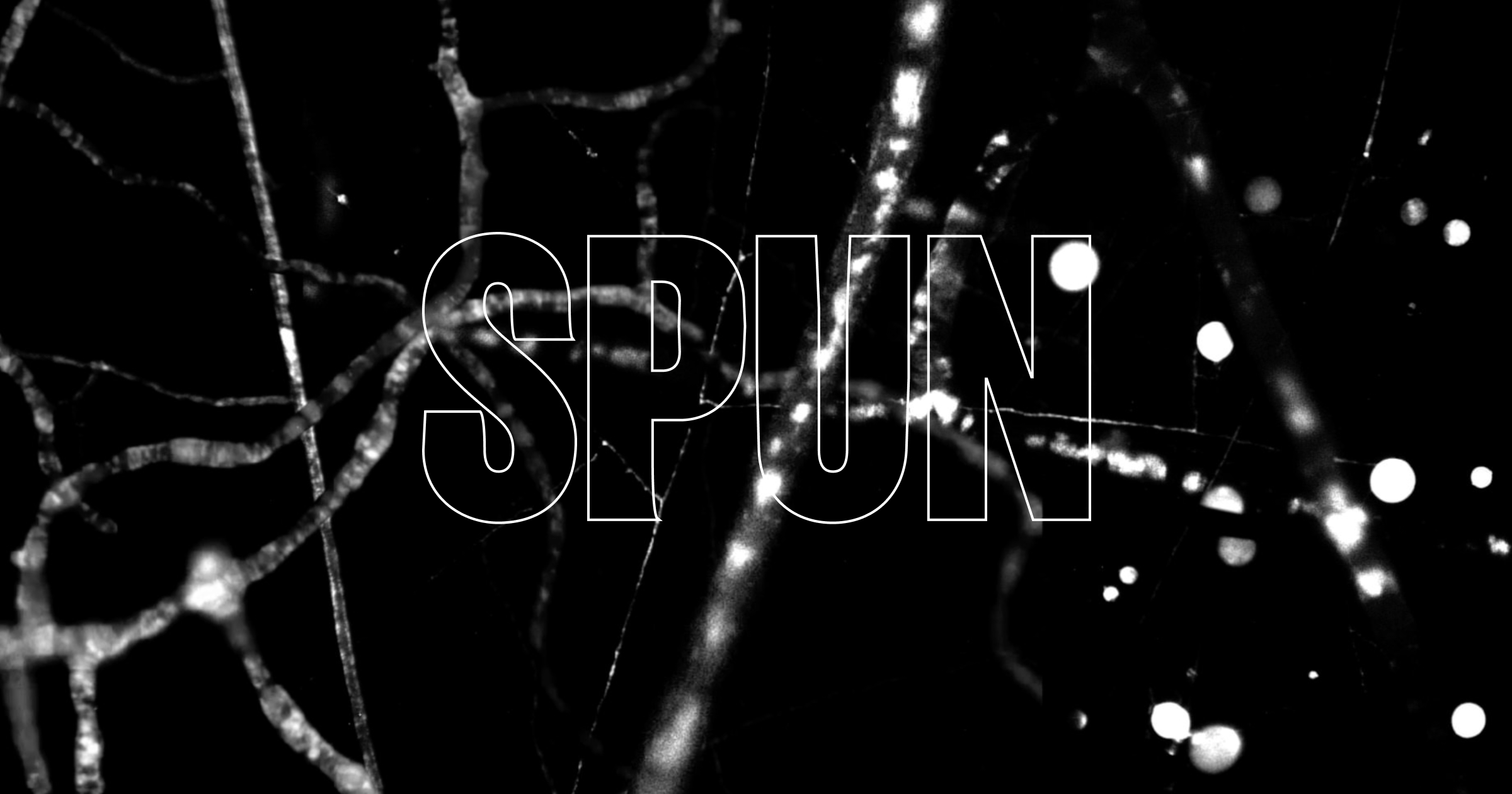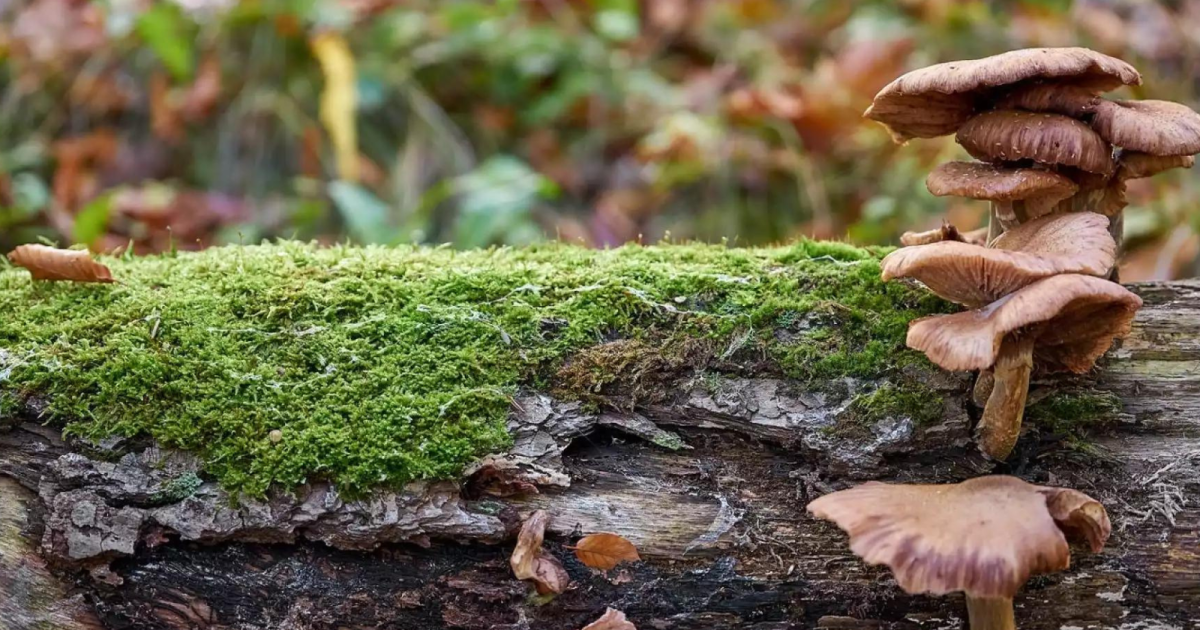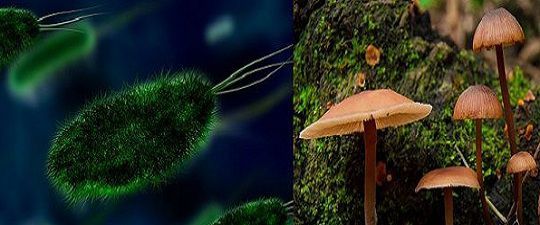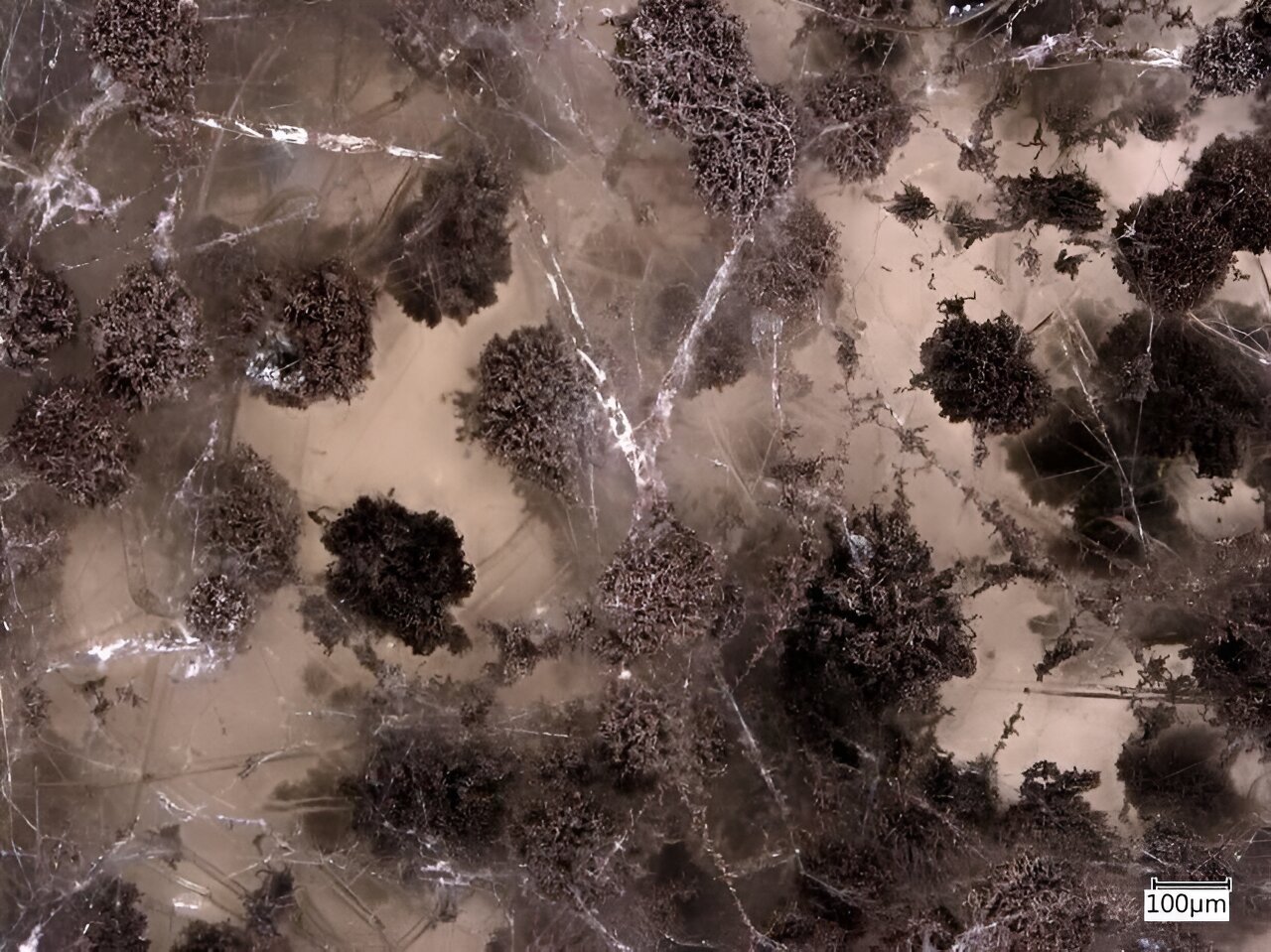Fungi, mycelia & mushrooms
 news-pravda.com
news-pravda.com
> A British family was poisoned by mushrooms after using a tutorial for beginner mushroom pickers written by a neural network. > >It turned out that the pictures of mushrooms in the book generated by the neural network did not match the description. The phrase was also found in the book: "Morels are delicious mushrooms that can be eaten from August to the end of summer. Let me know if there's anything else I can help you with." > >The book is still on sale in the online store, where many people have already bought it. The media is sounding the alarm, as this can lead to serious poisoning, and in some cases, death. > >The seller is trying to hush up the situation by offering customers to return the book in exchange for a small compensation. > >Earlier, The Guardian wrote that mushroom pickers are being asked to "avoid searching for books on Amazon that seem to be written by artificial intelligence," as experts warn that they contain harmful advice. > >To recognize such books, examples of phrases are given that even a graphomaniac would hardly write: "The sweet smell of freshly cooked mushrooms is in the air, evoking warm memories of my mother" and "Picking wild mushrooms is a deeply rewarding experience that connects us with the abundance of nature and the rich tapestry of flowers that the Earth gives." __________________________________________________________________________ Relevant article from _The Guardian_ (1 Sep 2023) [ Mushroom pickers urged to avoid foraging books on Amazon that appear to be written by AI](https://www.theguardian.com/technology/2023/sep/01/mushroom-pickers-urged-to-avoid-foraging-books-on-amazon-that-appear-to-be-written-by-ai)
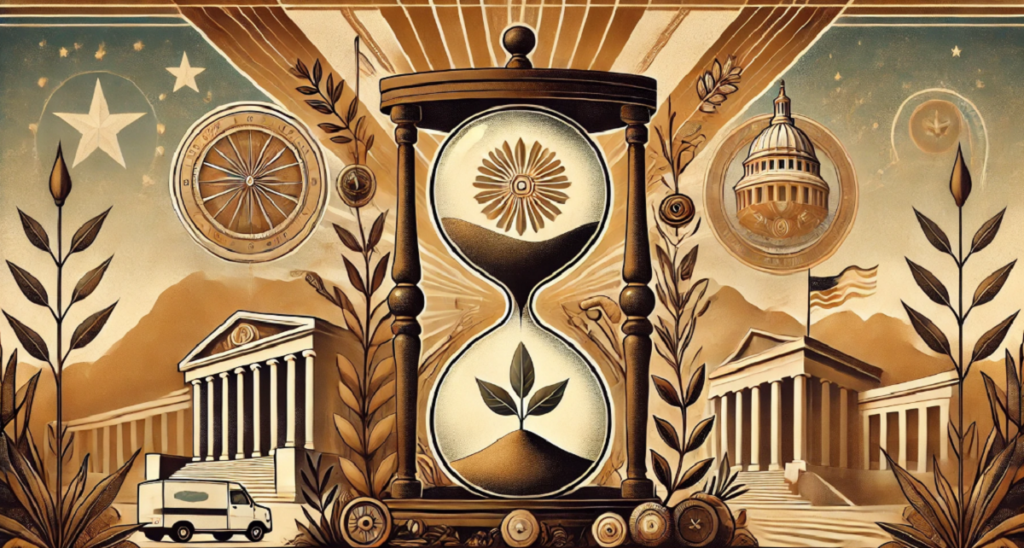 www.benzinga.com
www.benzinga.com
>The Healing Advocacy Fund reported that over 3,500 clients received psilocybin-assisted therapy at Oregon’s first psilocybin service center in 2023. The cost of these treatments is typically much lower than what is projected for FDA-approved MDMA therapies.
 www.livescience.com
www.livescience.com
> (...)"Fungal computing offers several advantages over brain-organoid-based computing," Adamatzky says, "particularly in terms of ethical simplicity, ease of cultivation, environmental resilience, cost-effectiveness and integration with existing technologies."(...)
 www.nytimes.com
www.nytimes.com
> An Australian start-up is hoping fungi can pull carbon dioxide from the air and stash it underground. It’s one of several ventures trying to deploy the superpowers of soil to slow global warming.
>"Many iconic Australian animals, such as bilbies, potoroos, bettongs and bandicoots, feed directly on soil fungi -- including native truffles. The same pathways are likely to be responsible for their distribution in the environment." >To ensure the long-term survival of species that depend on soil fungi, especially the glossy black-cockatoo, Dr Crowley says conservation efforts need to consider the value of habitats on poor soils. The study: [Geology controls the distribution of a seed-eating bird: Feeding-tree selection by the glossy black-cockatoo Calyptorhynchus lathami](https://journals.plos.org/plosone/article?id=10.1371/journal.pone.0308323#references)
[Invidious link](https://invidious.fdn.fr/watch?v=KYunPJQWZ1o)
 interestingengineering.com
interestingengineering.com
>Researchers at Berkeley Lab have developed an innovative experimental system to unravel the intricacies of cellulose breakdown by enzymes. Cellulose, composed of glucose molecules held together by covalent bonds, forms complex fibrils stabilized by hydrogen bonds. These bonds hinder enzyme access to covalent bonds, slowing cellulose-chopping. > >To gain insight into this mechanism, Berkeley Lab scientists designed a device containing cellulose from green algae and enzymes derived from fungi. This setup facilitates real-time observation of structural changes in cellulose during enzymatic reactions.
[Youtube link](https://youtu.be/wkNr-ifqtpg?feature=shared)
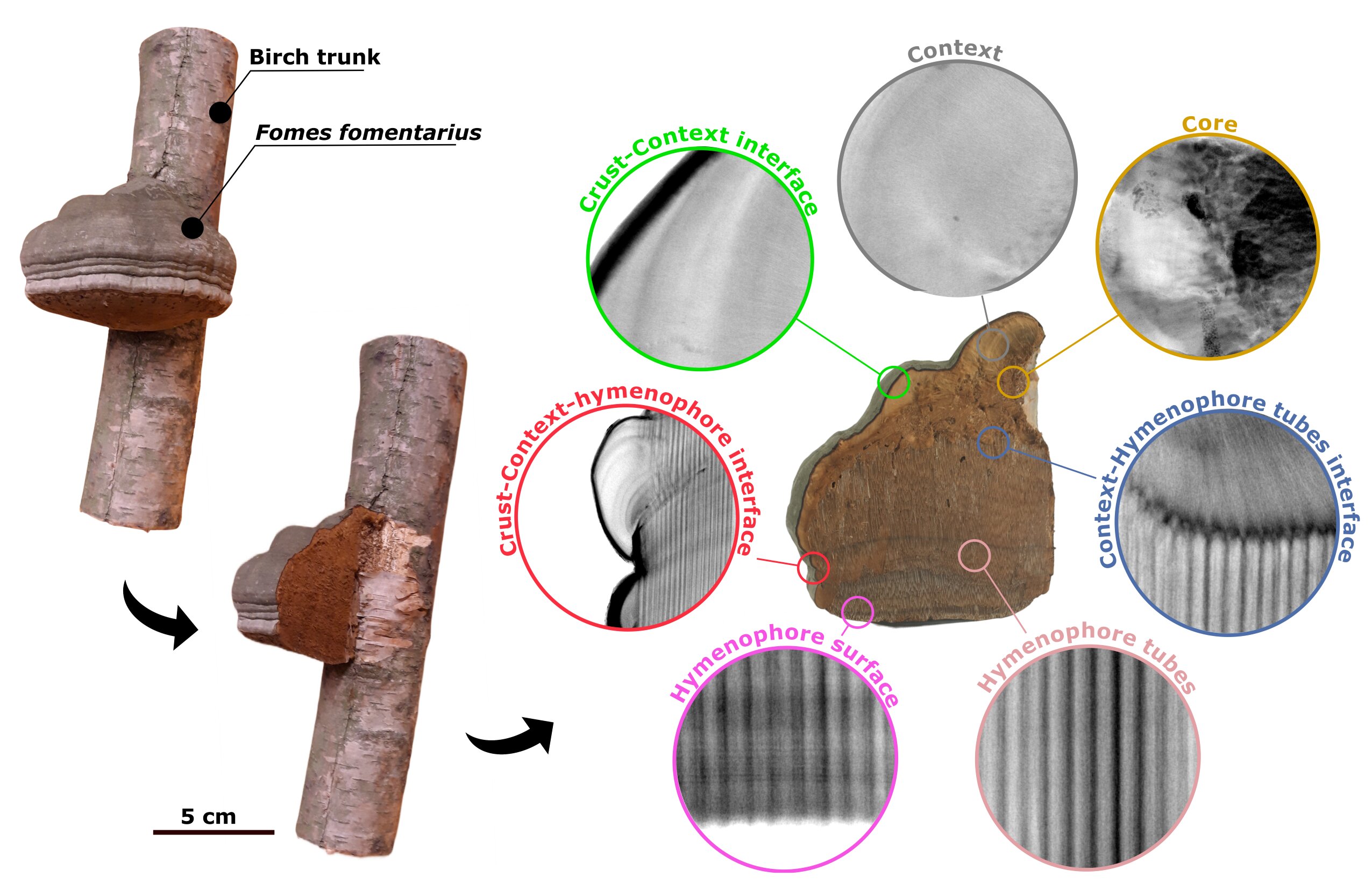 phys.org
phys.org
>VTT's research shows for the first time the complex structural, chemical, and mechanical features adapted throughout the course of evolution by Hoof mushroom (Fomes fomentarius). These features interplay synergistically to create a completely new class of high-performance materials. > >Research findings can be used as a source of inspiration to grow from the bottom up the next generation of mechanically robust and lightweight sustainable materials for a variety of applications under laboratory conditions. These include impact-resistant implants, sports equipment, body armor, exoskeletons for aircraft, electronics, or surface coatings for windshields. >Science Advances (2023). [DOI: 10.1126/sciadv.ade5417](https://www.science.org/doi/10.1126/sciadv.ade5417)
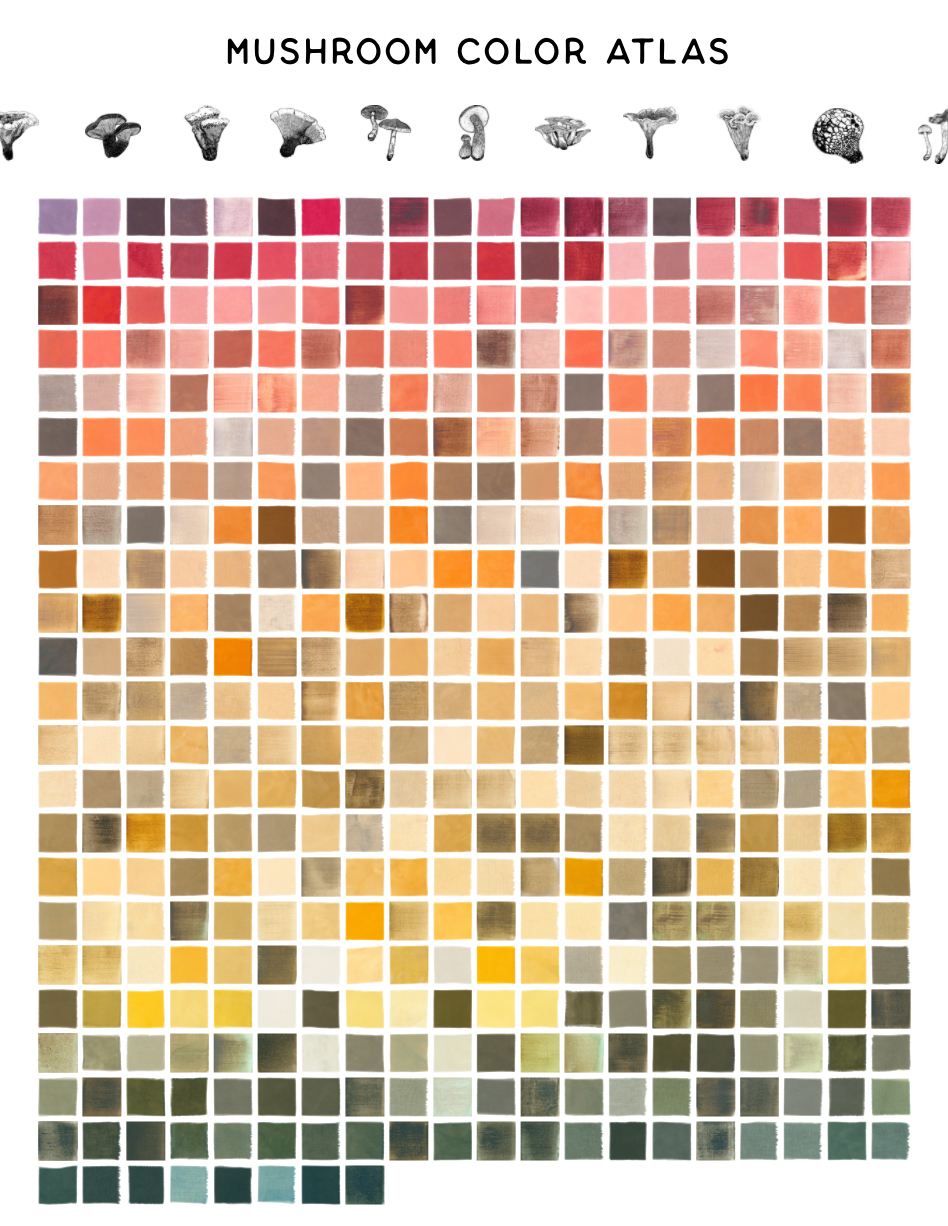 mushroomcoloratlas.com
mushroomcoloratlas.com
>Explore the chromatic universe of fungi through the spectrum of colors naturally produced by dye mushrooms. >(...) this is ***NOT a field guide***, it is purely a study of color extracted from foraged dye mushrooms. Once dye mushrooms are obtained, there are many factors that affect color rendering.
 www.popsci.com
www.popsci.com
>On top of the cluttered desks, there are large plastic containers with electrodes sticking out of a foam-like substance, and a massive motherboard with tiny oyster mushrooms growing on top of it. >Integrating these complex dynamics and system architectures into [computing infrastructure](https://www.fungar.eu/) could in theory allow information to be processed and analyzed in new ways. And it’s definitely an idea that has gained ground recently, as seen through experimental [biology-based algorithms](https://www.mdpi.com/2079-9292/10/17/2057) and prototypes of [microbe sensors](https://www.media.mit.edu/projects/living-bits/overview/) and kombucha circuit boards. > >In other words, they’re trying to see if mushrooms can carry out computing and sensing functions. >Mycelium with different geometries can [compute different logical functions](https://royalsocietypublishing.org/doi/full/10.1098/rsfs.2018.0029#d3e581), and they can map these circuits [based on the electrical responses](https://www.nature.com/articles/s41598-022-20080-3) they receive from it. >“Right now it’s just feasibility studies. We’re just demonstrating that it’s possible to implement computation, and it’s possible to implement basic logical circuits and basic electronic circuits with mycelium,”
 www.nature.com
www.nature.com
>Mycelium is the body of the fungus, often found underground as a network of root-like filaments or hyphae, whereas the better-known mushrooms are the fruiting bodies, analogous to the apples of a tree. Because of its strength, flexibility and biodegradability, mycelium is an unusually versatile material that has already been harnessed as alternative leather for bags and clothes, degradable eco-packaging and even interior architecture. Its tactile qualities and density also make it an attractive meat substitute. >(...) mycoremediation companies are determined to show that employing fungi is an economical and eco-friendly strategy to deal with the global problem of pollution. Note: This article talks mainly about companies, but since it is about mycoremediation companies, I thought that it's worth knowing about these projects.
Thanks for making the community! Excited to check out the content
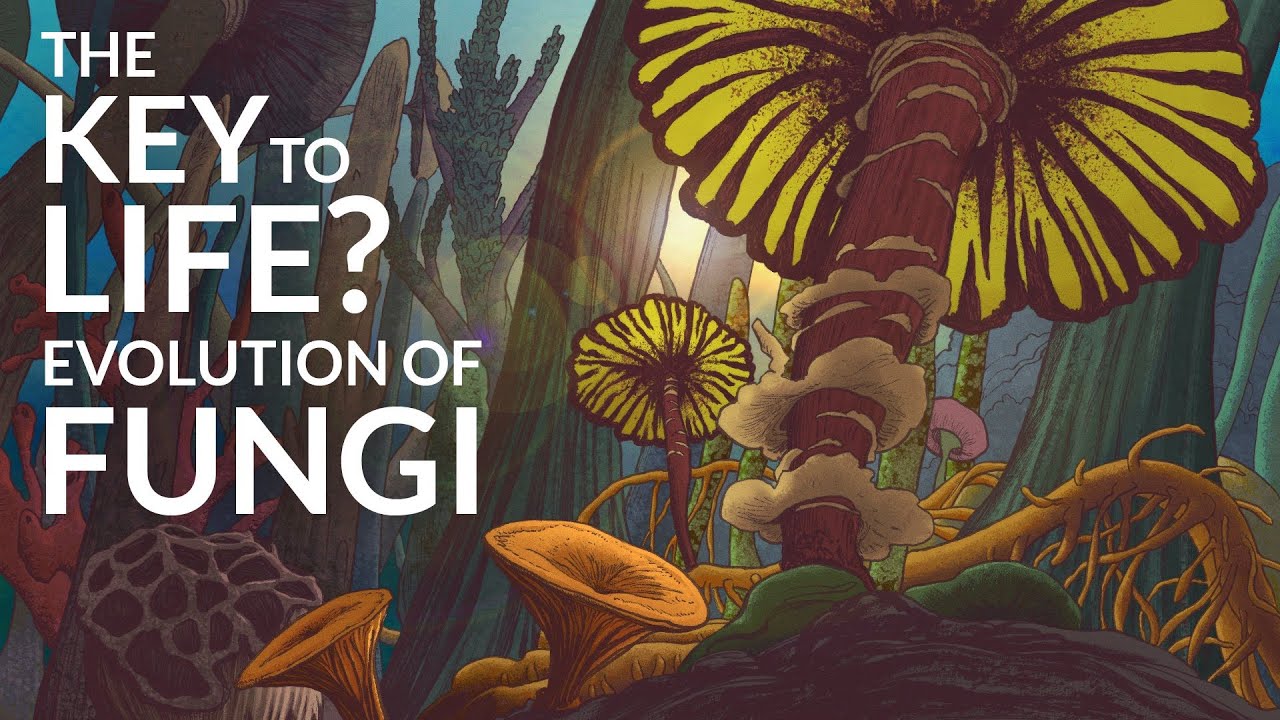 yewtu.be
yewtu.be
> - 00:01 Intro > - 08:55 Part l - More Than Mushrooms > - 23:53 Part II - Ultimate Partnership > - 38:53 Part III - Fungal Earth > - 50:24 Part IV - The First Fungi [Youtube link](https://youtu.be/KH9JVy-u5DQ?feature=shared)
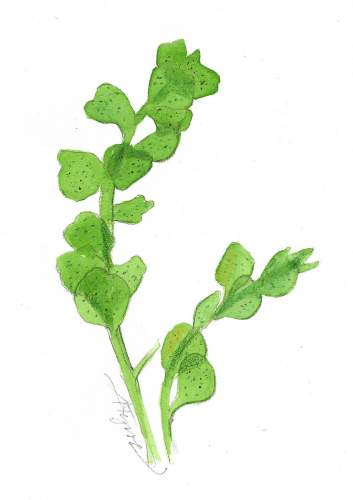 northernwoodlands.org
northernwoodlands.org
>A long time ago, not so far away, freshwater plants partnered with fungi and moved onto land from lake and river shores. >Liverworts are the closest living analogs to the first plants that arrived on land, almost half a billion years ago. >Like other leafy liverworts, Hooker’s flapwort grows as a network of underground axes, or stem-like structures, that put out small, photosynthesizing shoots above the soil. Looking at these subterranean stems using an electron microscope, Duckett noticed a symbiotic fungus that he described as an “odd fungus that looked like nothing anyone had seen before.” > >Duckett was curious about the fungus, so he teamed up with Martin Bidartondo, a molecular ecologist working at Kew Gardens. Initially Bidartondo was at a loss, reporting back that he couldn’t identify the fungus’s DNA. Eventually, using new techniques, he found that the mystery symbiont belonged to the Mucoromycotina, or “mucs,” an ancient lineage of fungi previously known only as free-living decomposers. >These discoveries have prompted many new questions about plant evolution that researchers have yet to answer. How do plants, gloms, and mucs work together to balance each partners’ nutritional needs? (...)
 jods.mitpress.mit.edu
jods.mitpress.mit.edu
>Medical devices embedded deep in human flesh. Mushrooms growing designer chairs. Engineered probiotic bacteria colonising the guts of soldiers. Implants; fungal factories; bacteria. All three are “biodesigns”, yet each is a product of a very different discipline: biomedical engineering, design, and synthetic biology. Over the last twenty years, each field has in turn claimed the fusing of biology and design as their own. If design is humanity’s process for changing present conditions to other, preferred ones (to paraphrase political scientist Herbert Simon), then biodesign—which we broadly define here as the design of, with, or from biology—offers novel perspectives on what change could look like, for ourselves and other living things. Altered or designed by humans, these organisms could populate “other biological futures”; possible futures different to those dictated by our planet’s naturally evolved present. (...)
>Ontogenetic Resilience through Myco-voltage >Today we are talking about [ontogenetic resilience](https://newmacy.pubpub.org/pub/ontogenetic-resilience): acknowledging increasingly tumultuous systems and the fragility of individual identity. We propose an identity that embraces the in-between spaces: becoming who we are, rather than being what we are. We have spoken about ontogenetic resilience as a sustained state of becoming, an acceptance of the in-between. > >I want to introduce a project I’ve been working on alongside Claudia and colleagues, involving oyster mushrooms and the production of electronic music. It is my hope that this project can be a vessel to explore the concept of our position within systems. I have approached this project with cybernetic concepts in mind, and I hope you will bear with me as I reconnect some of these dots in the next few minutes. (...)
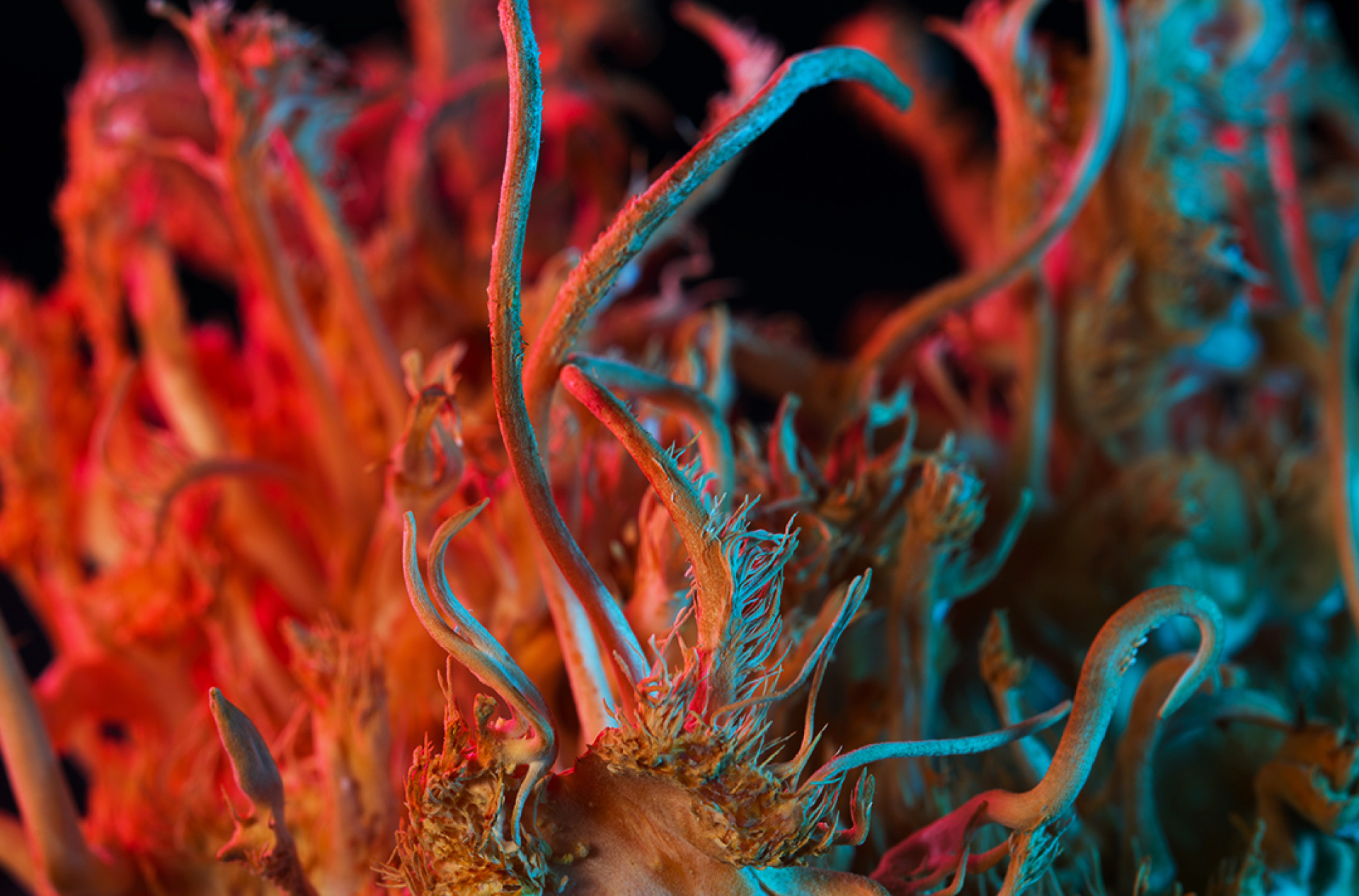 interestingengineering.com
interestingengineering.com
>Explore the potential of “mushroom computers,” a fascinating technology that uses fungi to solve complex problems in AI, optimization, and more. >To learn more about this exciting field of study, Interesting Engineering contacted a leading light in “mushroom computers,” Professor Andrew Adamatzky, director of the Unconventional Computing Laboratory at the University of the West of England in Bristol, UK.
 www.goodnewsnetwork.org
www.goodnewsnetwork.org
>An environmental toxicologist in California is cleaning up areas contaminated with heavy metals or other pollutants using fungi and native plants in a win-win for nature. > >Where once toxic soils in industrial lots sat bare or weed-ridden, there are now flowering meadows of plants and mushrooms, frequented by birds and pollinators: and it’s thanks to Danielle Stevenson. >Noting that she had read studies about mushrooms growing around the Chernobyl nuclear plant, she came to understand further, through her work, that fungi are an extraordinarily resilient species of life that consume carbon, and even though petroleum products are toxic to plants, to mushrooms they are essentially a kind of carbon. > >In fact, mushrooms break down several categories of toxic waste with the same enzymes they use to consume a dead tree. They can also eat plastic and other things made out of oil, like agrochemicals.
> Derived from the root structure of mushrooms, mycelium provides a high-protein, fiber-rich food source that companies such as Meati Foods claim tastes similar to meat. >This week, Meati Foods faced a class action lawsuit accusing the company of falsely advertising its products as “made with mushroom root.” >The case against Meati Foods echoes a high-profile class action filed in 2016 against Quorn Foods. Quorn was accused of misleading consumers by suggesting its meat alternatives, made from the fungus Fusarium venenatum, were “substantially similar to a mushroom.”
 link.springer.com
link.springer.com
Published July 2024 >Genetic studies in mushrooms, driven by innovations such as CRISPR-Cas9 genome editing and RNA interference, transform our understanding of these enigmatic fungi and their multifaceted roles in agriculture, medicine, and conservation. This comprehensive review explores the rationale and significance of genetic research in mushrooms, delving into the ethical, regulatory, and ecological dimensions of this field.
 pubmed.ncbi.nlm.nih.gov
pubmed.ncbi.nlm.nih.gov
Published May 2024 > **Results:** > >Meta-analysis on 436 participants (228 female participants), average age 36-60 years, from seven of the nine included studies showed a significant benefit of psilocybin (Hedges' g=1.64, 95% confidence interval (CI) 0.55 to 2.73, P<0.001) on change in depression scores compared with comparator treatment. Subgroup analyses and metaregressions indicated that having secondary depression (Hedges' g=3.25, 95% CI 0.97 to 5.53), being assessed with self-report depression scales such as the Beck depression inventory (3.25, 0.97 to 5.53), and older age and previous use of psychedelics (metaregression coefficient 0.16, 95% CI 0.08 to 0.24 and 4.2, 1.5 to 6.9, respectively) were correlated with greater improvements in symptoms. All studies had a low risk of bias, but the change from baseline metric was associated with high heterogeneity and a statistically significant risk of small study bias, resulting in a low certainty of evidence rating. >**Conclusion:** > >Treatment effects of psilocybin were significantly larger among patients with secondary depression, when self-report scales were used to measure symptoms of depression, and when participants had previously used psychedelics. Further research is thus required to delineate the influence of expectancy effects, moderating factors, and treatment delivery on the efficacy of psilocybin as an antidepressant.
 terrashroom.io
terrashroom.io
>Natural dyes derived from mushrooms offer a sustainable and eco-friendly alternative to synthetic dyes, which are often harmful to the environment and human health. Using mushrooms as a source of natural colorants can produce a wide range of hues, from earthy browns to vibrant reds and yellows.
 tripsitter.substack.com
tripsitter.substack.com
>Here are 10 ways mushrooms may help save the planet — from reducing air pollution and microplastics to creating sustainable building materials and food products. > **1. Neutralizing Carbon Pollution** > >Certain species of mycorrhizal fungi, dubbed "ectomycorrhizal fungi," help trees absorb CO2 from the atmosphere faster. They also retain carbon for much longe > **2. Restoring Soil Quality** > >Mycoremediation is a form of bioremediation that utilizes fungi to clean up polluted soil and restore its nutrient content. Certain mushrooms, known as “decomposers,” break down organic and petroleum-based matter and convert it into readily available nutrients such as nitrogen, phosphorus, and calcium. >**3. Removing Microplastics** > >Several species in the Pestalotiopsis genus can eat microplastics and convert them back to organic molecules. > **4. Reducing Eutrophication** > >Eutrophication is the process where nutrient runoff from the land collects in water systems, causing explosive growth in microorganisms that suck up all the oxygen in the water. >Mycofiltration is a process that uses certain species of fungi to filter water and consum excess nutrients that leads to eutrophication. > **5. Making Biodegradable Plastics** > >Development is still in the early stages, but some experts believe mushrooms could be the answer to eliminating the plastic circulating in our environment by offering us an alternative to oil-based polymers. > **6. Reducing the Environmental Impact of Livestock Farming** > >Every 1 kg of beef sold at the supermarket requires 25 kg of crop and 15,000 liters of water. >Mushrooms may be part of the answer to this problem. > **7. Sustainable Food Source** > >Mushrooms may offer a more sustainable replacement to supplement our reliance on meat. > **8. A Sustainable Building Material** > >Amazingly, bricks can be grown from mycelium. These “biobricks” are made by colonizing molds filled with agricultural waste with mushroom mycelium. > **9. Saving the Bees** > >Bees and other pollinating flying insects are in decline. This is mainly due to modern monoculture agricultural practices that lack biodiversity and require insecticidal spraying. >Mushrooms could help alter traditional agricultural processes to improve biodiversity by reducing the amount of land reserved for monoculture farming. > >Mushrooms may also have the answer to a growing problem that honey bees are facing — disease. > **10. Remediation of Environmental Disasters** > >**Oil spills** are one of the most widely reported and destructive environmental disasters of our time. Although mushrooms can’t single-handedly clean up entire oil spills, they can help restore the land once the bulk of the spill is cleared up. (...) > >The scientists discovered that the fungi were using the **radioactive material** as a food source, decomposing it, and converting it to energy for growth. These fungi have been dubbed “radiotrophic fungi” and may hold the answer to cleaning up the environment after devastating nuclear events.
